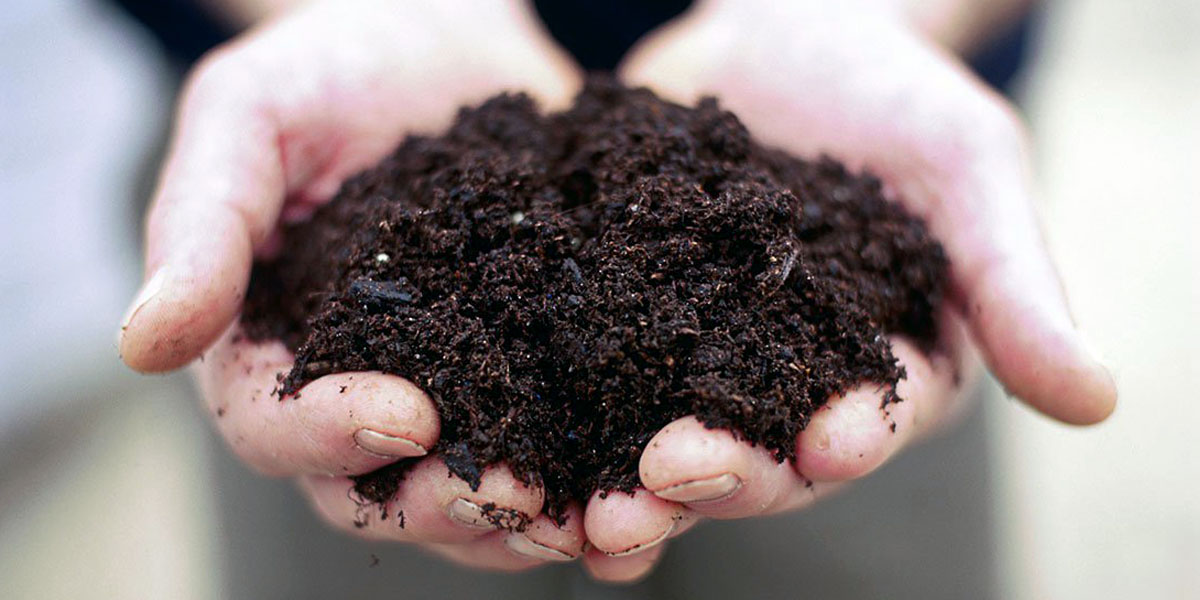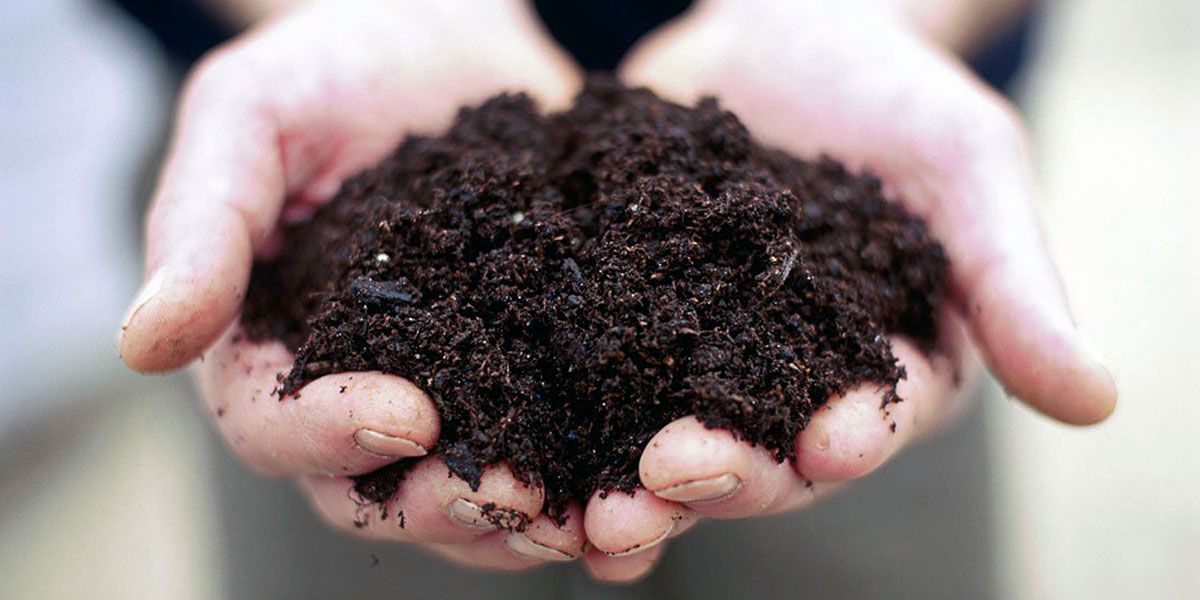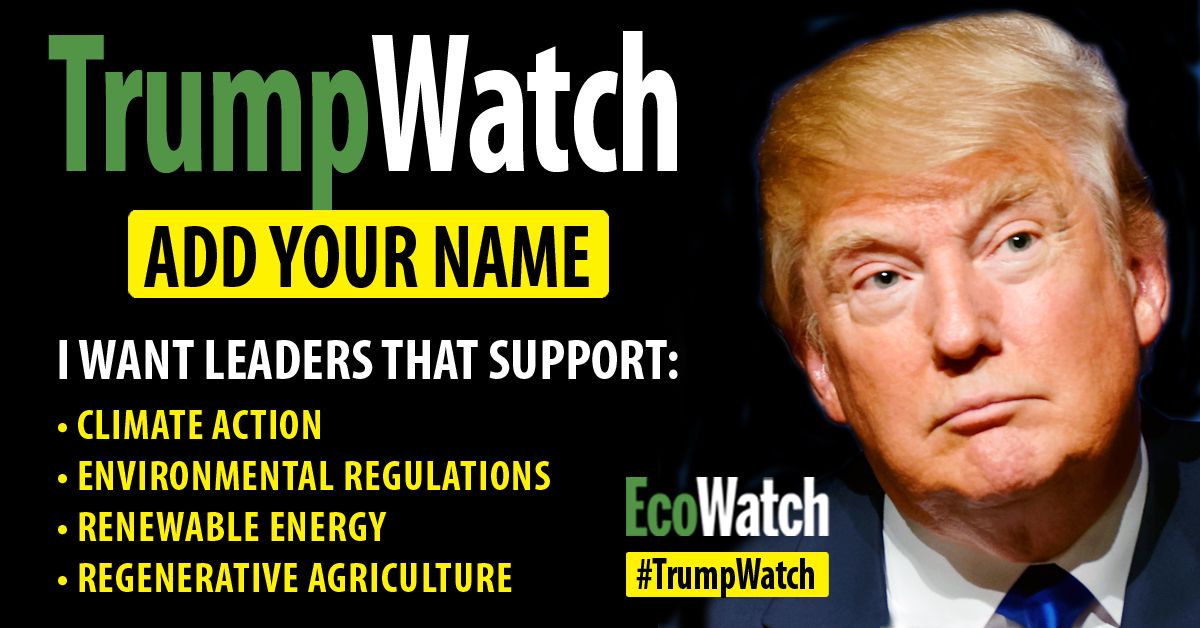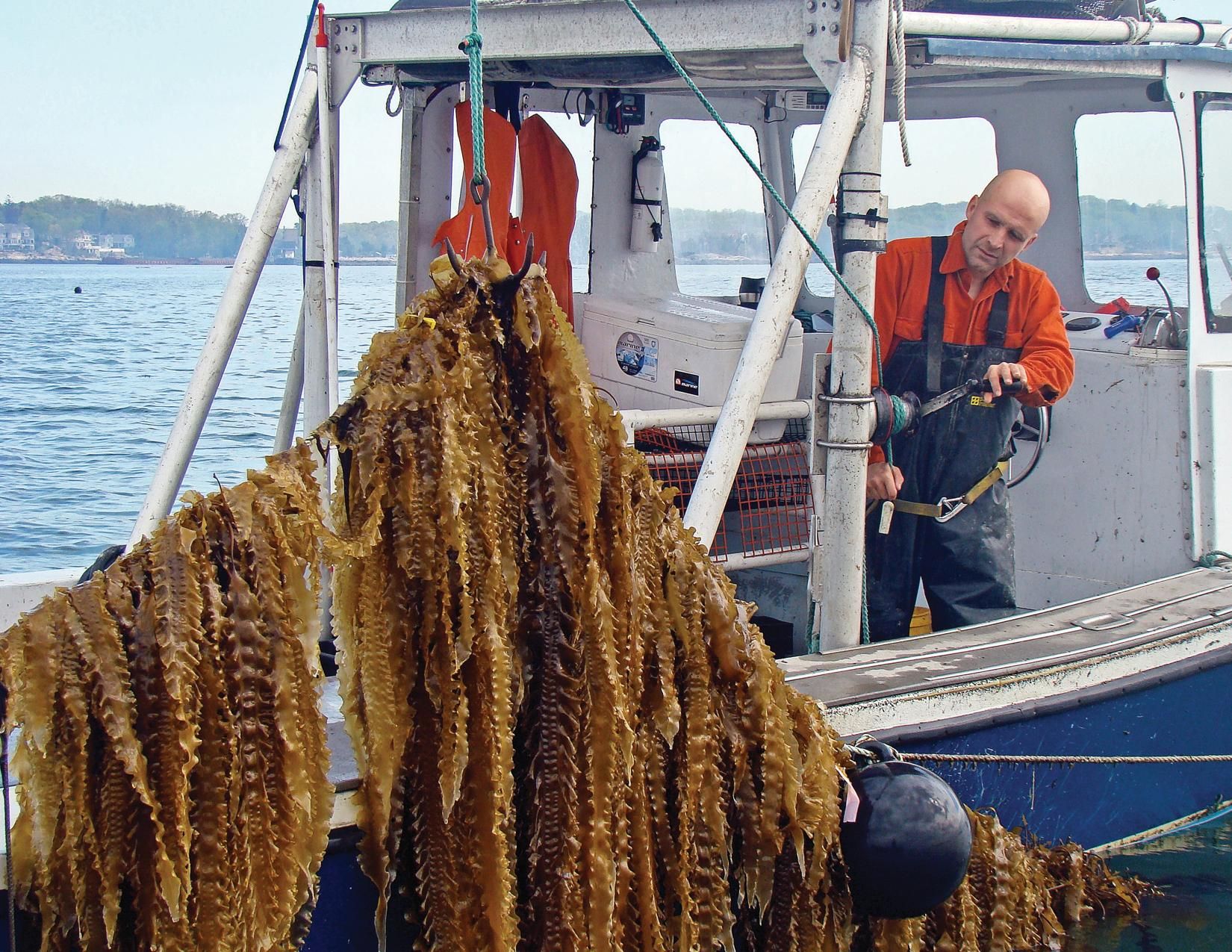
DiCaprio’s Before the Flood: Powerful, Yet Misses on Soils and the Carbon Cycle

The new Leonardo DiCaprio documentary Before the Flood can now be seen on National Geographic.
The actor is a longtime advocate of environmental causes, and his film is surely helping to increase awareness of global warming and the challenges we face with climate chaos. In it, DiCaprio journeys from the remote melting regions of Greenland to the burning forests of Sumatra to the halls of the Vatican, exploring the devastating impact of climate change on the planet.
Before the Flood discusses how climate change is moving us rapidly into an era in which life on Earth might be much, much different. It does a great job describing the pressing problems we face. Yet, sadly, the film has a serious omission. It makes only passing mention of the food issue and almost no mention of soils or ocean acidification.

Too few people know that Monsanto and industrial agriculture are contributing more to climate change than Exxon, Chevron and the entire transportation industry combined. Not many understand that a large animal feedlot is just as environmentally destructive as a coal-fired power plant—if not even more damaging.
The True Cost of Industrial Meat Production https://t.co/TAwvj2Cczq @SoilAssociation @RootsofChange
— EcoWatch (@EcoWatch) November 17, 2016
So why are so many concerned people not addressing the food-climate connection?
It’s Time for a 100% Solution
As the planet surges toward an atmospheric 450 ppm, solar, wind and reducing extraction alone cannot slow the release of carbon emissions fast enough. Yet Before the Flood, along with most climate groups, preaches only half a game plan—a 50 percent solution that will, in fact, allow continued destruction.
Our new president-elect is vowing to renegotiate the Paris climate agreement, to green-light shuttered toxic coal plants, to frack coast to coast, and to reduce incentives for solar and wind.
The unfortunate reality is that the carbon-busting Congressional legislation that will be awaiting Trump’s signature will make Exxon blush! Thus the need to sequester carbon into the soil using the power of plants and grazing animals is greater now than ever. Will those who are a part of the climate movement start spreading the word of this potential solution?
The oceans are dying from a massive carbon bomb. We need to balance the carbon cycle and reduce climate chaos without losing any more time. The scientific solution—carbon sequestration—is one already proven by 500 million years of R&D. The short film The Soil Story explains this process well in an easy-to-follow five-minute animated clip:
We can readily increase the scale of carbon farming—also known as regenerative agriculture. And the good news is that hundreds of millions of farmers on small plots the world over already know a thing or two about this beneficial farming methodology.
Regenerative Agriculture Will Feed the World and Cool the Planet https://t.co/qWmR0ZPF79 @SoilAssociation @RootsofChange
— EcoWatch (@EcoWatch) November 10, 2016
Growing sea kelp in the oceans is another innovative way to sequester carbon while producing food, feed and fuel. But for this to be possible into the future, we’re going to have to help our seas.
A recent Huffington Post article, The Ocean Is Losing Its Breath—and Climate Change Is Making It Worse, states:
“From the waters off the Oregon coast, to the upwelling zones off Peru, to the Baltic and Black seas, Bay of Bengal, South China Sea, and Gulf of Mexico, to name but a few regions, so-called dead zones are on the increase. Low oxygen areas in the deep ocean are also expanding, primarily due to warming. … For example, experiments have shown that reduced oxygen greatly limits the metabolic scope of fish, and their whole metabolism slows down. Feeding and growth can be greatly reduced.”
Soil Health Equals Cleaner Air
It seems that many climate environmental groups have yet to understand the carbon cycle or to see the big picture of ecology, a situation I pointed out in a 2015 EcoWatch piece, Why Are Climate Groups Only Focused on 50% of the Solution? If they did, these organizations would be unfurling banners at Monsanto’s giant pesticide factories and soil health would be discussed when talking about climate action.
A few weeks ago, I chatted with the founder of 350.org, Bill McKibben, in the green room before he went on to the main stage at the annual Bioneers conference. In the course of our exchange, I realized that McKibben is so focused on fighting big oil and big coal that the idea of carbon sequestration as a solution isn’t a part of his message.
Many 350.org members I’ve met show interest in this proven solution, yet prior to our discussions they’ve never heard about it. Except for a few rare mentions, the media has a virtual blackout on the subject. However, the Sierra Club is working on a new food climate campaign. Several people from the Sierra Club attended the second annual Soil Not Oil conference in Richmond, California, that Miguel Robles of Biosafety Alliance and I helped produce.
It seems as if, DiCaprio’s Before the Flood team never thought to include in the documentary this solution that can actually reverse climate change. Instead, a professor interviewed in the film suggests that we switch from eating beef to chicken—without mentioning that 99 percent of all chicken on the market today is produced in a toxic, industrial, climate-killing manner. Also, there’s a major difference between beef raised in metal pens and beef raised by letting cattle graze holistically.
The Solution is Literally Under Our Feet
Carbon faming is the solution to climate change. It’s time for us to de-carbonize our energy and re-carbonize our soils.
Britain’s Prince Charles gets it. A longtime champion of organic farming, he’s joining a UK-France governmental initiative to improve the condition of global soils. Both governments are meeting with the prince to discuss the need to improve the health of soils worldwide.
Prince Charles has praised the French government’s signature project on soil health, the 4/1000 Initiative: Soils for Food Security and Climate, which seeks to increase the health and organic content of soils worldwide. The Initiative aims to do this by demonstrating that agriculture, and agricultural soils in particular, can play a crucial role where food security and climate change are concerned. Those taking part in it will discuss how to restore degraded soils, improve the land’s fertility and increase food security.
The Four per 1000 Initiative, launched by France at COP21 in Paris, is bringing together all willing contributors in the public and private sectors (national governments, local and regional governments, companies, trade organizations, NGOs, research facilities and others) under the framework of the Lima-Paris Action Agenda. Many countries have signed, yet sadly the U.S. was a no-show at the Paris COP 21 rollout. The U.S. Department of Agriculture could still champion this win-win solution for farmers, ranchers, eaters and—yes—earthworms.
Becoming a Carbon-Literate Society
It’s time for humans to become more carbon-literate. The climate movement has done so much right, and its millions of participants would love to learn how they can be part of the solution by eating a diet that’s regenerative and that returns carbon to the soil. It’s a basic rule we learned in preschool: Put things back where they belong. We all have a huge opportunity to share this vital educational message.
Paul Hawken’s Project Drawdown is showcasing one hundred of the best climate ideas, including planned animal grazing. His team’s work demonstrates that land-based solutions give us the biggest bang for the buck in our climate fight. The organization’s mission is to: reduce greenhouse gas emissions into the atmosphere through efficiency and resource productivity; replace existing energy sources with low carbon renewable energy; and bio-sequester carbon dioxide through innovative farming, grazing and reforestation practices.
We can all make a difference, every day. Here is a list of seven positive options for human and planetary health:
1. Elect climate-aware leaders.
2. Educate climate leaders about soil’s redeeming powers.
3. Avoid industrial meat and milk. Instead, choose pasture-raised meats while eating less meat and dairy overall … or just go vegan.
4. Choose organic foods, which have a lower carbon footprint.
5. Plant more trees, shrubs and herbs, all of which help to sequester carbon.
6. De-invest in firms that promote industrial ag or coal and re-invest in green energy and organic farming.
7. Share this article!

 233k
233k  41k
41k  Subscribe
Subscribe 

